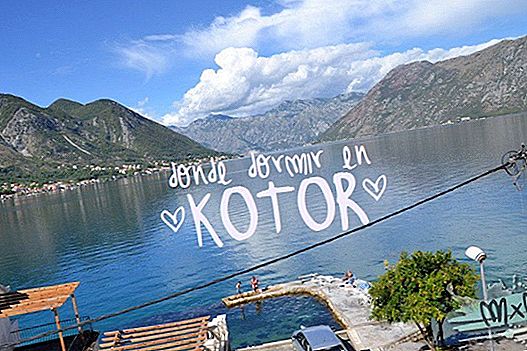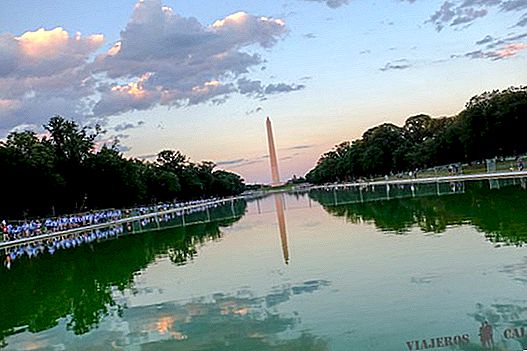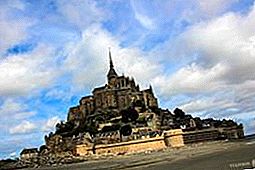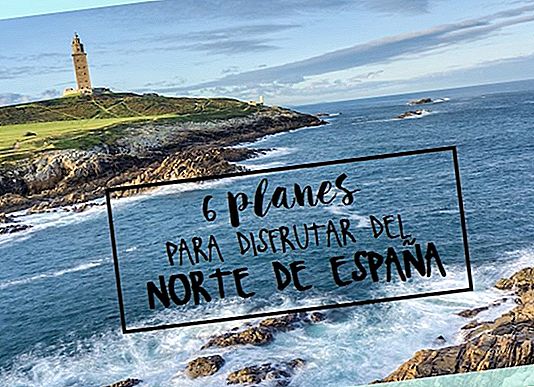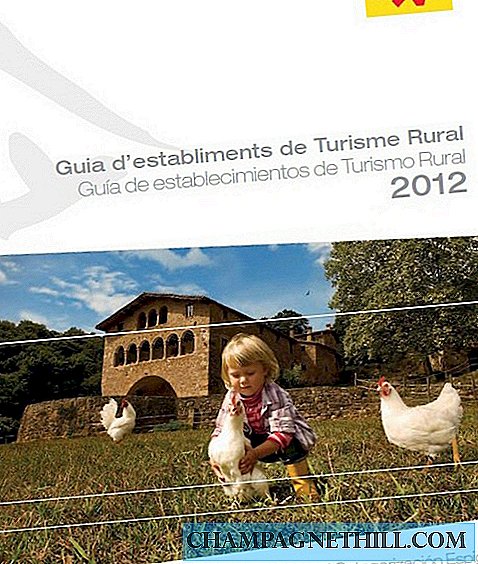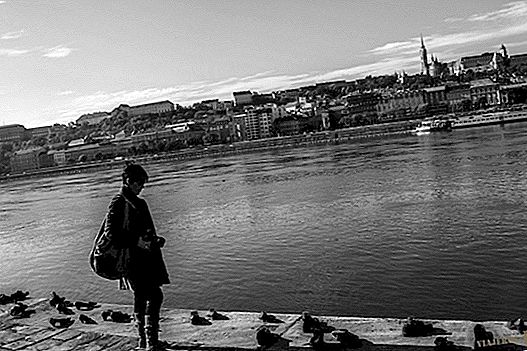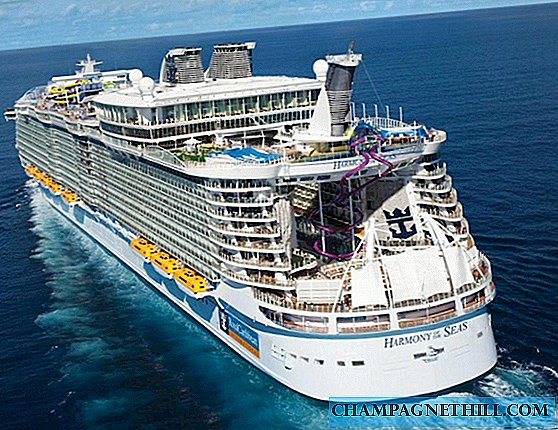We tell you our experience visiting the city of Hiroshima in Japan. If you keep reading you can get an idea of the things to see and do In this city.
The image that is projected on the mind of any person upon hearing of Hiroshima is probably a razed citydevastated by the atomic bomb in World War II, death and desolation. That happened exactly 70 years ago ... it was said that in Hiroshima a grass would not grow in the next 80 years ... the truth is that a year later the Gingko Biloba tree, located in the epicenter of the disaster, came back to life, becoming the Symbol of the struggle to lift the city on its ashes. After our visit we can say that they got it ... in Hiroshima it has flourished again ...
Fate wanted us to reach Hiroshima in its time of full flowering of sakura and sincerely, we didn't see another place so plagued with flowers.

We enjoy calm, pleasant walks and in complete harmony. In the same place where years ago there was one of the greatest atrocities in history, the epicenter of hatred and the worst face of humanity, now you breathe peace and tranquility.



Touristically speaking, it is not a city that offers tourists too much, beyond its tragic recent history. It is true that during the Edo era (1603-1868) Hiroshima was a prosperous city, a good example of this is the Castle, built in 1589, partially destroyed with the atomic bomb and restored behind it. Around him life developed and today is an ideal place to walk, enjoy a nice picnic, or tell stories in small groups.



With the Meiji restoration, the city opened a large teaching school and began building military facilities. They didn't know they were carving their own tombstone. In 1945 the American bomb exploded in the center of Hiroshima, destroying almost the entire city. At that same point today is the “Peace Memorial Park“, On an islet between the Motoyasu-gawa and Honkawa rivers. From its southern entrance is the Hiroshima Peace Memorial Museum, a must to understand and learn more about this event, although sometimes you have to make guts heart.


Going north through the park we will arrive at Commemorative Cenotaph, monument in honor of the 200,000 victims of the atomic bomb with its Peace Flame. On your right you can enter the Peace Memorial Hall, with some collections of photos, an impressive hall in which to be transported to the epicenter of the explosion a few hours after he took an act with a 360-degree view of the city ... and where you can witness the stories of survivors told in the first person . Truly shocking. A little higher you reach the Children's Peace Monument, dedicated to Sadako Sasaki and the thousands of children killed by the bomb.
| Sadako Sasaki was 2 years old when the atomic bomb exploded just 1.5 km from his house. She survived but at age 9 she fell ill with leukemia and was hospitalized. She was a strong girl and did not want to surrender to all the tragedy that surrounded her, so she set out to make 1,000 paper cranes so that the gods would grant her only wish: peace and healing to all the people of the world. He died at age 12, having created 644 of these cranes, but his schoolmates completed their assignment after his death. Many of these cranes are displayed in the museum. |


The other side of the river still stands Atomic Bomb Dome, the symbol of the destruction of the bomb and the hope for world peace. It was the closest building (just 150 meters from the epicenter) that resisted the impact and was preserved as is to avoid forgetting the devastating effects of the war.


Hiroshima is not the prettiest city in Japan, nor the richest in history, it has no spectacular appeal but we strongly recommend a visit to be aware, even for a while, of the follies of war and man ...
USEFUL INFO
|




